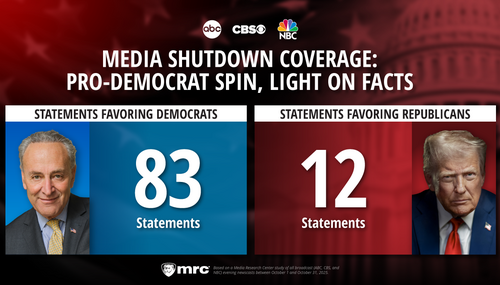First it was CBS’s “60 Minutes” laying the groundwork to push a campaign against Chevron for an ill-advised lawsuit. Now The New York Times has picked up where they left off.
An article in the May 15 Times attacked Chevron for what a plaintiff’s lawsuit alleges is pollution caused by Texaco, now a part of Chevron (NYSE:CVX). The article by Simon Romero and Clifford Krauss, pointed out how the people of
“Texaco’s roughnecks are long gone, but black gunk from the pits seeps to the topsoil here and in dozens of other spots in Ecuador’s northeastern jungle,” Romero and Krauss wrote. “These days the only Chevron employees who visit the former oil fields, in a region where resentment against the company runs high, do so escorted by bodyguards toting guns.”
But the assertion that some on the environmental left would have people believe – that Texaco had pillaged the jungles of
“So Texaco reached a $40 million agreement with
But that’s not the way Ecuadoran villagers see it, according to the report.
“Instead, villagers in
What the Times story didn’t report is how poor the water infrastructure is in
“Citing scientific studies, the plaintiffs claim that toxic chemicals from Texaco’s waste pits, including benzene, which is known to induce leukemia, have leached for decades into soil, groundwater and streams,” Romero and Krauss wrote. “A report last year by Richard Cabrera, a geologist and court-appointed expert, estimated that 1,400 people in this jungle region – perhaps more – had died of cancer because of oil contamination. Chevron rejected the claims, contending that Mr. Cabrera had no medical evidence to back up his conclusion that the company should pay $2.9 billion just to compensate for excess cancer deaths.”
However, as Michel Kelsh, a health researcher and professor at UCLA’s School of Public Health and Chevron consultant discovered, there’s no evidence of this has created a spike in cancer.
“We looked at cancer mortality rates in the Amazon region in general, and we compared those rates to
Cancer awards had been sought from Chevron before and have been knocked down by a federal judge in the
In September 2007, a
The Times also left out that Cabrera was paid $200,000 for his report by members of the Amazon Defense Coalition, an environmental activist organization, which also staffed Cabrera’s field team.





